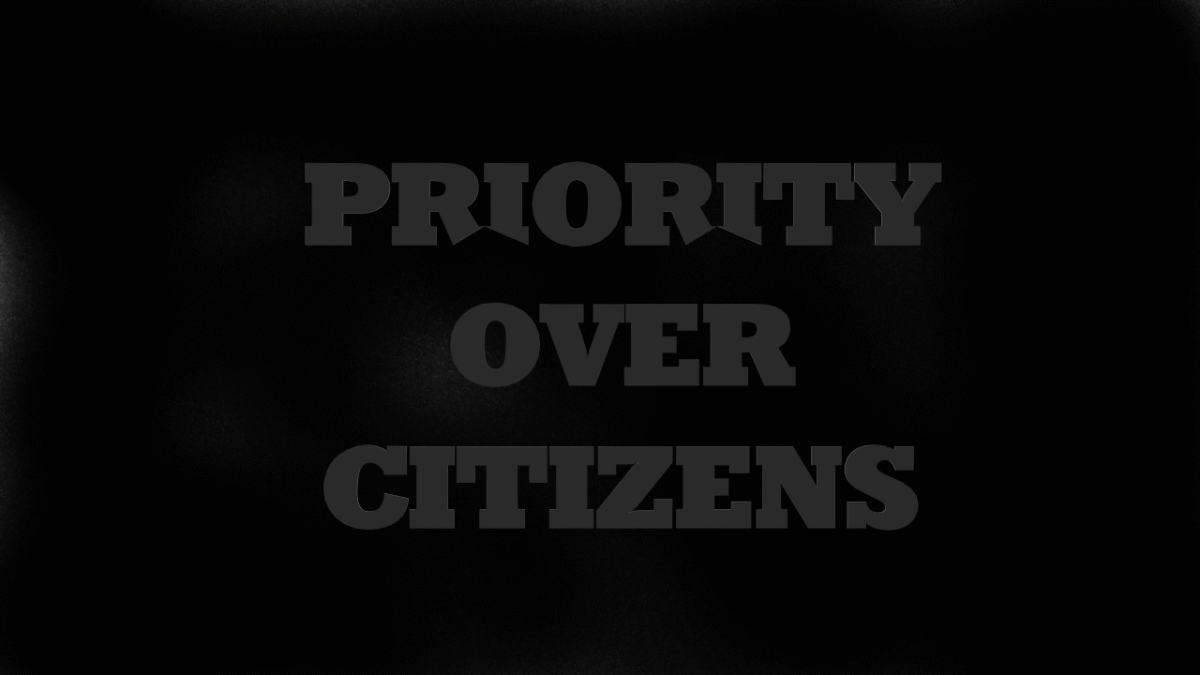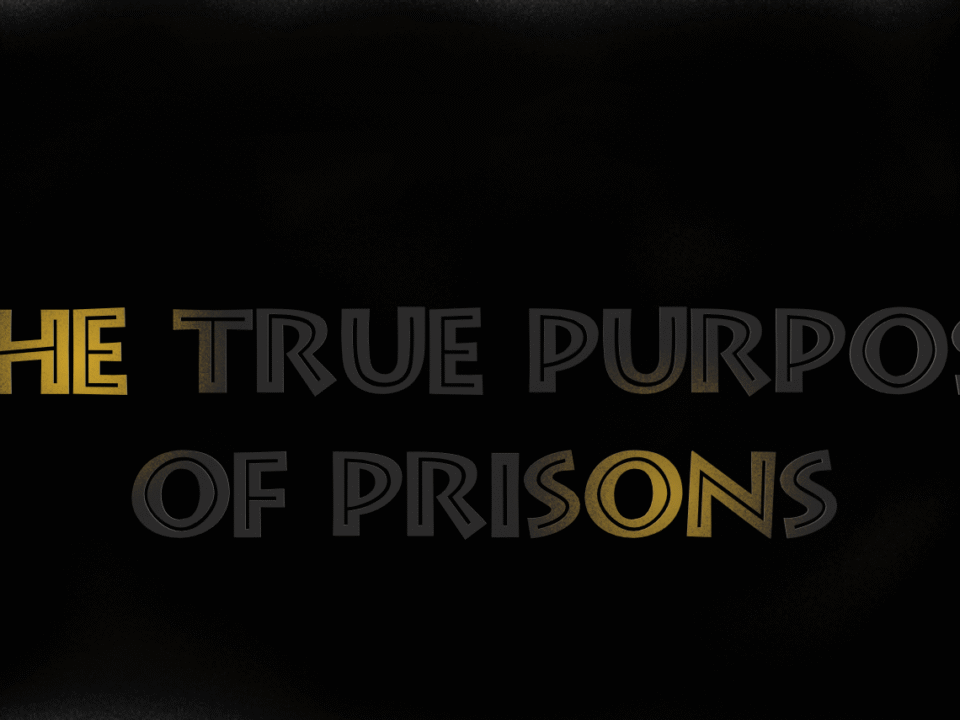
What is the true purpose of prisons?
July 16, 2025
Let The Children Play
July 16, 2025Does the system prioritize process over people?
The System and Citizens
How do rigid bureaucratic procedures, overwhelming caseloads, and systemic delays impact the human beings—victims, defendants, and their families—who are navigating the system?
The justice system’s emphasis on procedural consistency often creates a fundamental tension between ensuring fairness and addressing individual human needs. This tension manifests in several critical ways that deeply affect people’s lives.
The Process-Over-People Dynamic
Rigid procedural requirements, while designed to protect rights and ensure consistency, can become barriers to human-cantered justice.
Court schedules that don’t accommodate work conflicts, standardized sentencing guidelines that ignore individual circumstances, and complex legal procedures that are incomprehensible to ordinary people all reflect a system that prioritizes institutional efficiency over human accessibility.
Impact of Overwhelming Caseloads
When prosecutors handle hundreds of cases simultaneously and public defenders meet clients for the first time minutes before hearings, the human stories behind each case get lost.
Victims may feel like just another file number, while defendants receive cursory representation that fails to capture the complexity of their situations.
This volume-driven approach transforms people into statistics, making meaningful engagement with individual circumstances nearly impossible.
The Human Cost of Delays
Systemic delays create cascading trauma. Victims seeking closure find themselves reliving experiences through repeated postponements.
Defendants—particularly those who cannot afford bail—may spend months or years in jail awaiting trial, losing jobs, housing, and family relationships regardless of their eventual guilt or innocence.
These delays don’t just inconvenience; they fundamentally alter people’s lives and communities.
Victims’ Experiences
Many victims report feeling secondary to the process itself. They’re called as witnesses in “The State vs. [Defendant]” rather than being cantered as the harmed party. Court scheduling rarely considers their work or family obligations, and plea negotiations may occur without meaningful input from those most affected by the crime.
Defendants and Families
The complexity of legal procedures can be dehumanizing for defendants and their families, who often navigate an incomprehensible system while facing life-altering consequences. The presumption of innocence, while legally sound, can feel hollow when pretrial detention and court processes themselves impose significant punishment.
The Structural Challenge
This isn’t simply about individual bad actors—it’s about a system designed around institutional needs rather than human ones. Court efficiency metrics focus on case clearance rates rather than participant satisfaction or outcomes. Success is measured in processed cases rather than lives positively affected.
The challenge lies in finding ways to maintain procedural protections while creating space for human dignity and individual circumstances. Some jurisdictions are experimenting with restorative justice programs, problem-solving courts, and victim-cantered approaches that attempt to rebalance this equation, though these remain exceptions rather than the norm.
The system’s emphasis on process over people isn’t necessarily intentional cruelty—it often stems from attempts to ensure fairness and manage overwhelming demand. However, the cumulative effect frequently leaves all parties feeling that justice has become an abstract concept divorced from their lived experiences and genuine needs
Lorem ipsum dolor sit amet, consectetur adipiscing elit. Ut elit tellus, luctus nec ullamcorper mattis, pulvinar dapibus leo.
Lorem ipsum dolor sit amet, consectetur adipiscing elit. Ut elit tellus, luctus nec ullamcorper mattis, pulvinar dapibus leo.




